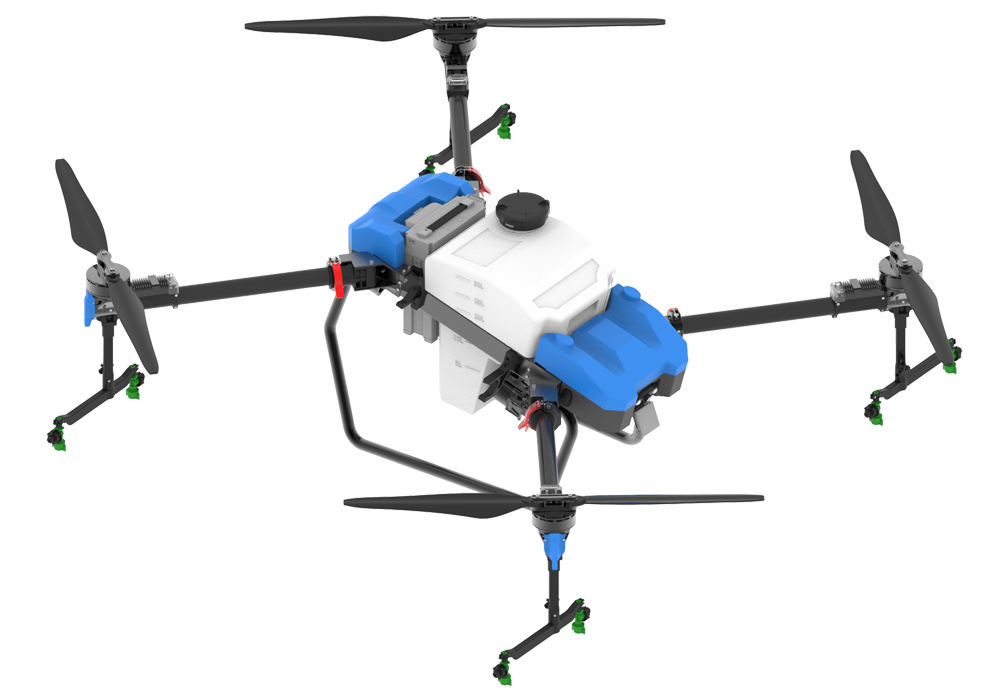No matter which country, no matter how advanced your economy and technology are, agriculture is a basic industry. Food is the most important thing for the people, and the safety of agriculture is the safety of the world. Agriculture occupies a certain proportion in any country. With the development of modern science and technology, countries around the world have different application levels of plant protection drones, but in general, the proportion of drones used in agricultural production continues to increase.
There are many kinds of drones on the market now. In terms of plant protection drones, they can be distinguished from the following two aspects:
1. According to power, it is divided into oil-powered plant protection drones and electric plant protection drones
2. According to the model structure, it is divided into fixed-wing plant protection drones, single-rotor plant protection drones, and multi-rotor plant protection drones
So, what are the advantages of using drones for plant protection activities?
First of all, the efficiency of drones is very high and can reach 120-150 acres per hour. Its efficiency is at least 100 times higher than that of conventional spraying. In addition, it can also protect the health and safety of agricultural personnel. Through GPS flight control operation, spraying operators operate remotely to avoid the danger of exposure to pesticides, and improve the safety of spraying operations.
Secondly, agricultural drones save resources, correspondingly reduce the cost of plant protection, and can save 50% of pesticide usage and 90% of water consumption.
In addition, plant protection drones have the characteristics of low operating height, less drift, and can hover in the air. When spraying pesticides, the downward airflow generated by the rotor helps to increase the penetration of logistics to crops and has good control effects. Moreover, the overall size of electric drones is small, light in weight, low in depreciation rate, easy to maintain, and low in labor costs per unit of operation; easy to operate, operators generally can master the essentials and perform tasks after about 30 days of training.
Plant protection drones bring new impetus to the development of agriculture
Post time: May-12-2023

